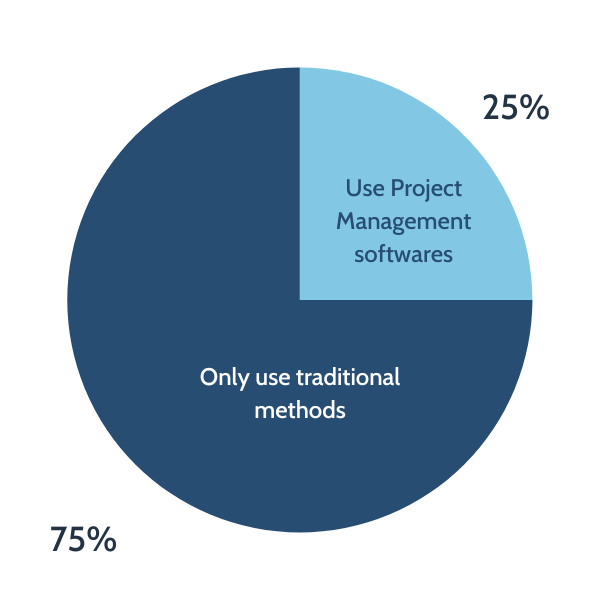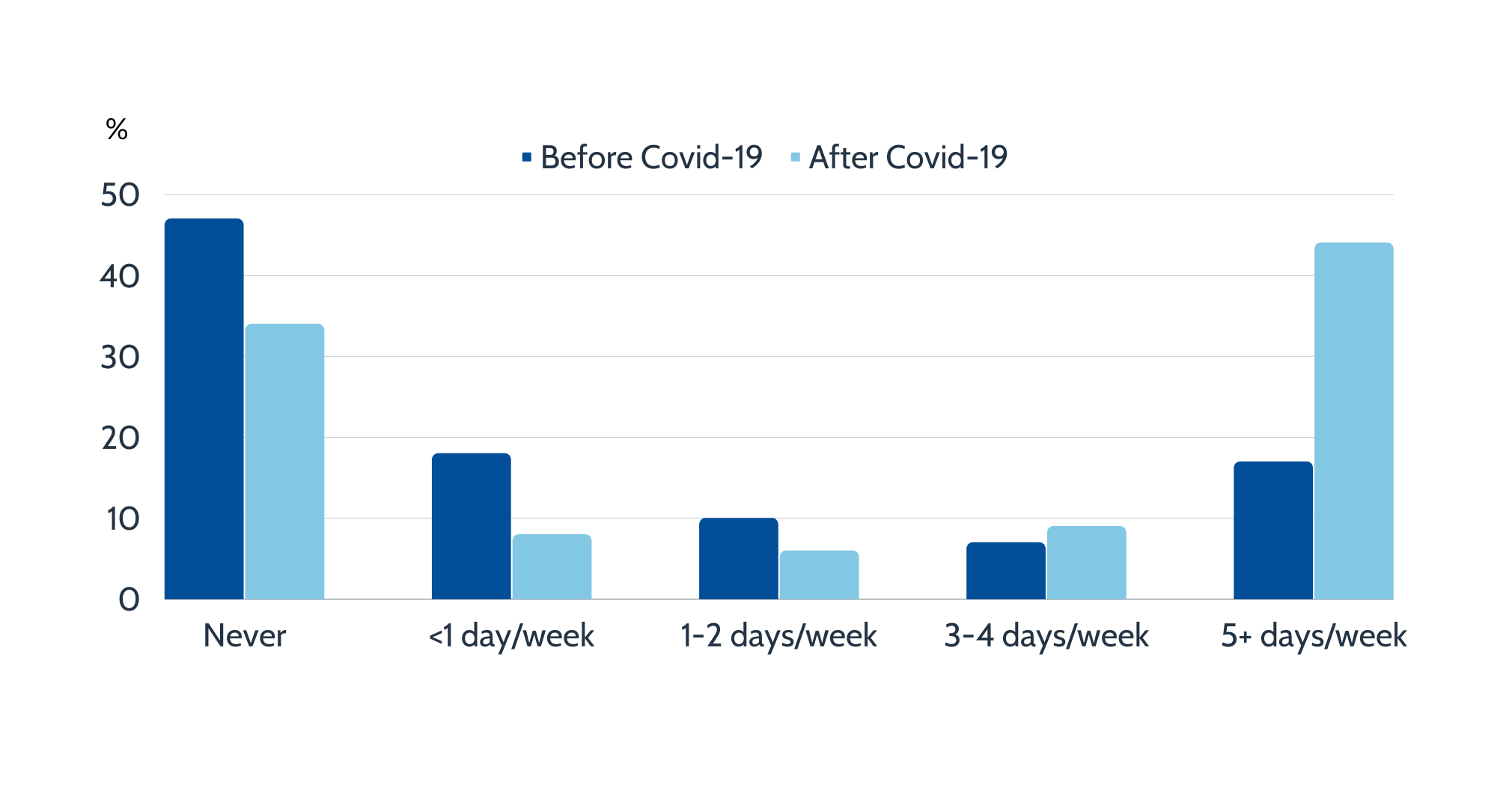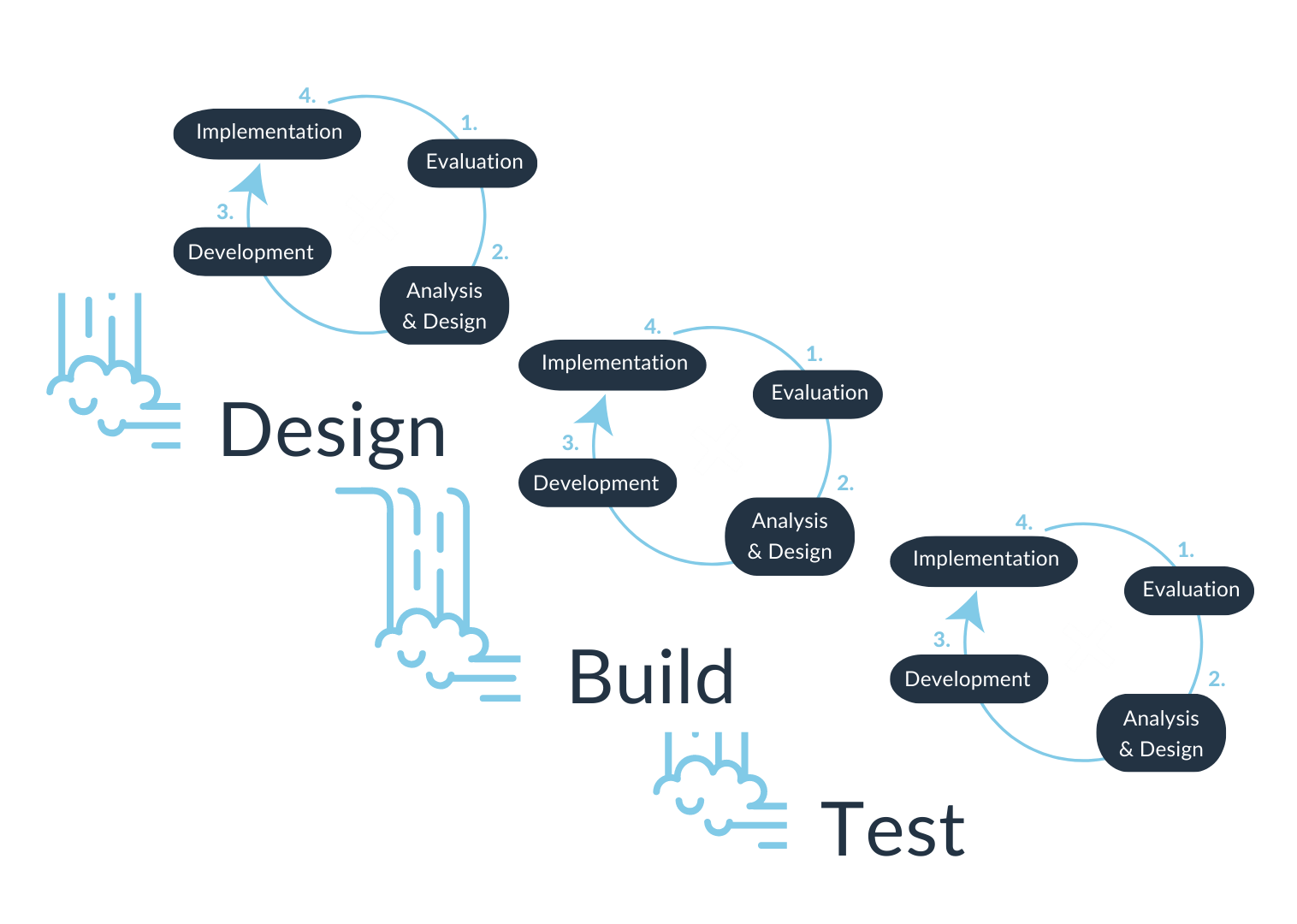The future of Project Management: 5 trends of 2023.
In a world that is constantly changing, it is crucial to embrace the new innovations and adjust to changes in order to assure long-term growth. Today, we introduce some of the most innovative trends that will shape (and are already shaping) the future of project management:
1. Adoption of Artificial Intelligence (AI) and automation
Artificial Intelligence will change the game of Project Management, and it already is. 85% of CEOs worldwide believe that AI will drastically impact their business, and 63% believe this change will be even more impactful than the advent of the internet. (Monday.com)
The Institute of Project Management Ireland has already analysed this phenomenon by testing how helpful can Chat GPT be for project management. The research found that Chat GPT could be helpful with tasks like information gathering and research, task delegation and management, planning and strategy development, communication and collaboration, task assignment, etc.
Many organisations have embraced the use of AI in project management to automate tasks that traditionally demand human effort. However, this impact goes beyond the automation of simple tasks, as AI also has proved to be a great tool for collecting valuable performance insights.

2. Increasing demand for advanced Project and Portfolio Management tools and automated data use
Over time, projects have grown in complexity. That’s why it is essential to use the right Project and Portfolio Management tools to get the best results.
A recent study found that only 35% of project managers were “somewhat or very satisfied” with the systems used in their organisation. What’s more, the study showed that only 1 in 4 organisations use any kind of project management software. Most of them remain stuck in traditional methods like Excel, paper or basic tools for data collection and organisation.
As time goes by, these traditional approaches are no longer effective in managing today’s complex projects. There’s an increasing need to gather accurate data to apply key performance indicators (KPIs) and evaluate project outcomes precisely.

Figure 1 | Use of PPM tools
That’s exactly what PPM tools allow you to do, they help you have a clear oversight of your project. They allow you to crowdsource ideas from employees and implement them in an effective way. With these tools you can increase revenue, reduce costs, engage employees, take control of resources, etc. In other words, with PPM tools you optimise results.
Talk to us today to find out the best PPM solutions for your organisation.
3. Rise of remote working and flexible environments
Today, remote working is the norm. The Covid-19 pandemic has taught us how to adapt to changes, and now we need to learn how to get the most out of these changes.
We need to embrace the advantages remote work offers. It enables a flexible work-life balance, reduces costs by eliminating the necessity of a physical office, facilitates real-time collaboration through innovative tools, and enhances employee motivation, ultimately resulting in improved productivity.
Project management tools play a crucial role in remote work, they make sure that all team members are aligned with the project’s objectives. These tools serve as a means of maintaining cohesion, transparency, and effective communication among the team.

Figure 2 | Remote work frequency before and after Covid-19 (Via Statista)
4. Growing need for emotionally intelligent leaders
Soft skills are in greater demand than ever.
Some organisations look to recruit individuals who score higher emotional intelligence because of their ability to understand and empathise with others’ feelings and connect, leading to a more positive work environment. The demand for such profiles has grown significantly, as organisations understand the positive impact emotional intelligence can have on overall team dynamics and individual well-being.
Remote work has also driven this trend. Now that communications don’t always take place face-to-face, it is essential to actively listen and show empathy to correctly understand each other, considering the personal circumstances and challenges of each employee. This encourages inclusivity, trust, and understanding within organisation, leading to an improved environment and productivity among remote teams.
5. Incorporation of Hybrid Project Management approaches
Since the pandemic, organisations are looking for better methodologies to successfully deliver projects. Nowadays we understand that not all projects have the same nature and cannot be approached in the same way. It’s no longer only about applying exclusively Agile, Waterfall, Scrum or other methodologies; but rather about combining specific attributes of each of them to enhance flexibility in the development of the project. This approach allows organisations to develop customised methodologies that align with the unique requirements of different industries and projects.
For example, one popular hybrid approach involves combining Agile and Waterfall project management methodologies to address the project (Click here to learn more about these practices). Waterfall and Agile project management offer different approaches for different project types, and in some cases, they can be combined in a hybrid approach giving you access to the benefits each can deliver.
A hybrid approach uses Waterfall to manage strategy, phases and upper-level decision, Agile is used to break of those phases into smaller delivery sprints.

Figure 3 | Hybrid Agile-Waterfall PM
A hybrid approach provides stakeholders with the opportunity for involvement in responsive design and development activities and continued improvement feedback loops. The result being product is released faster and benefits realised earlier.
If you need assistance with Innovation and Project Management, contact us.

